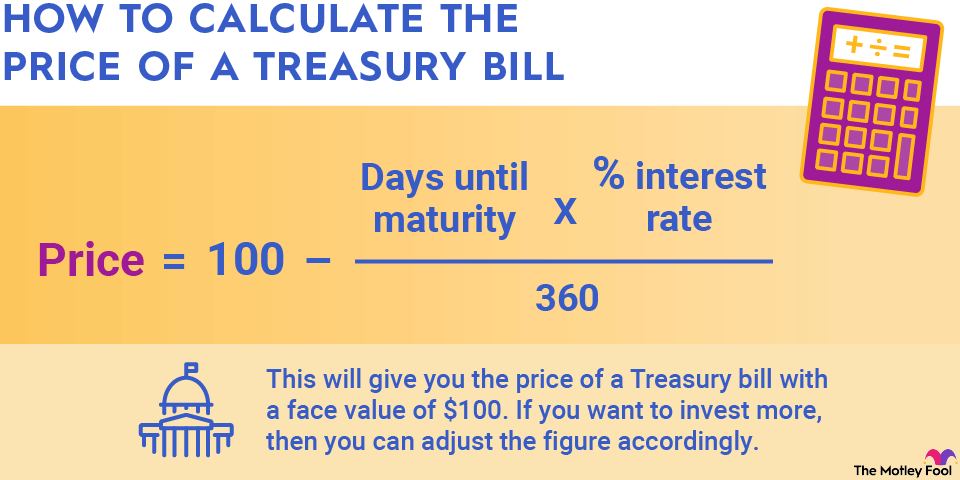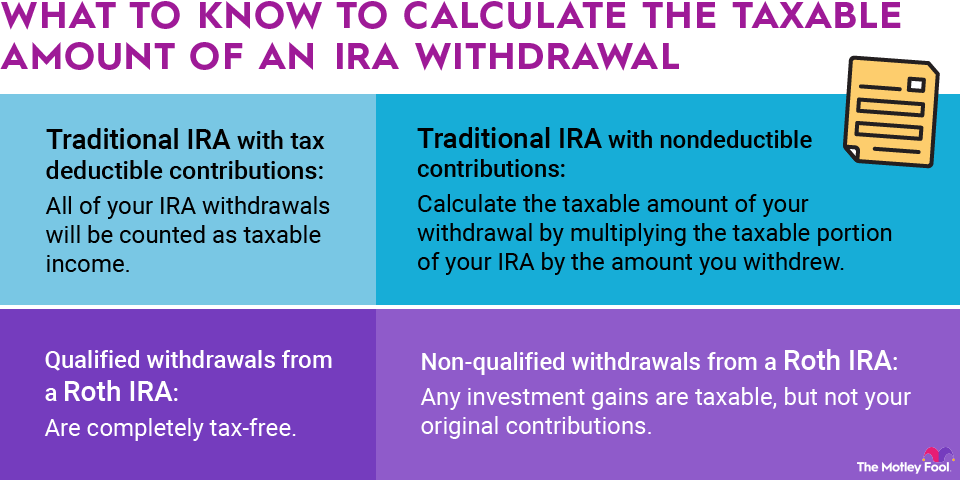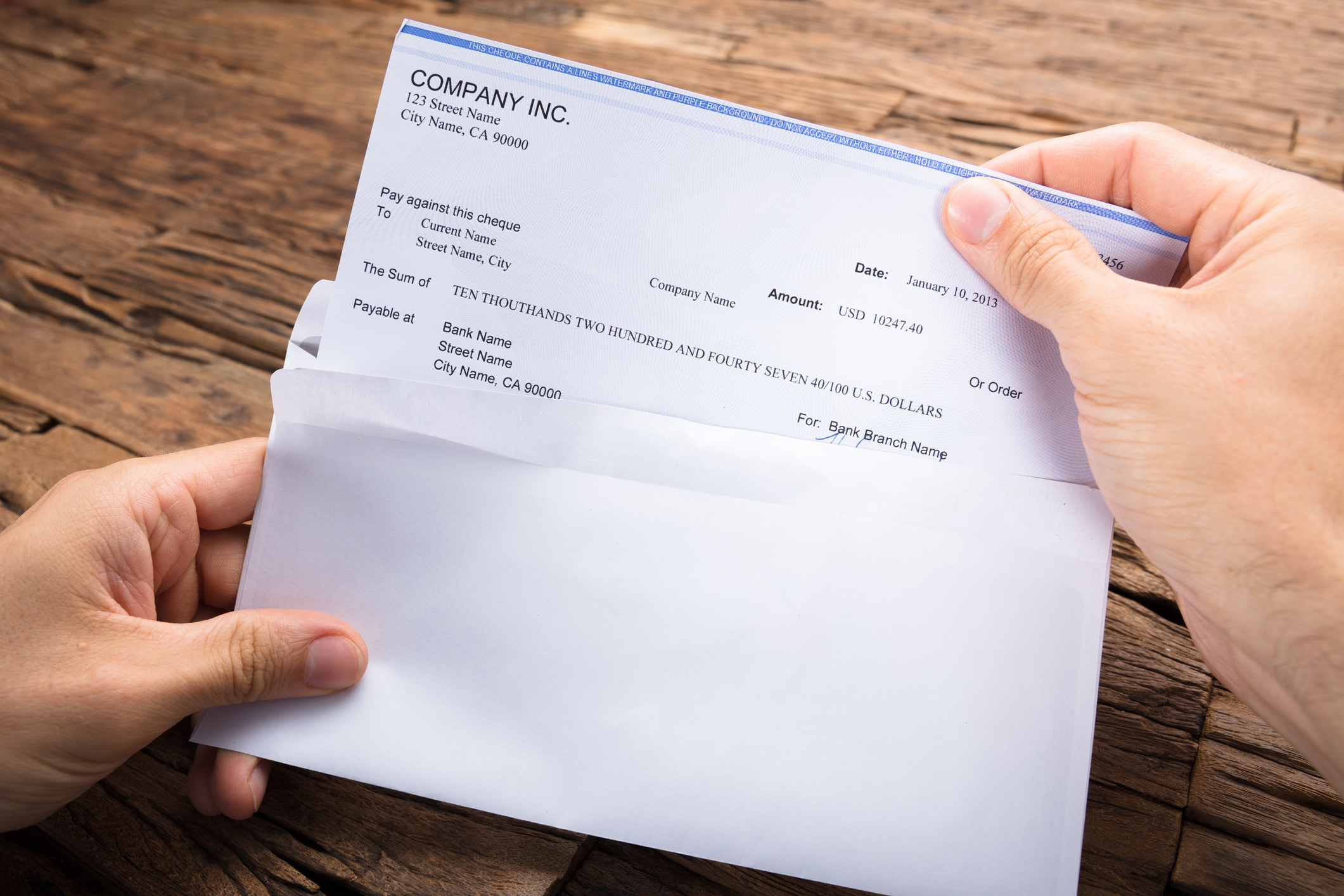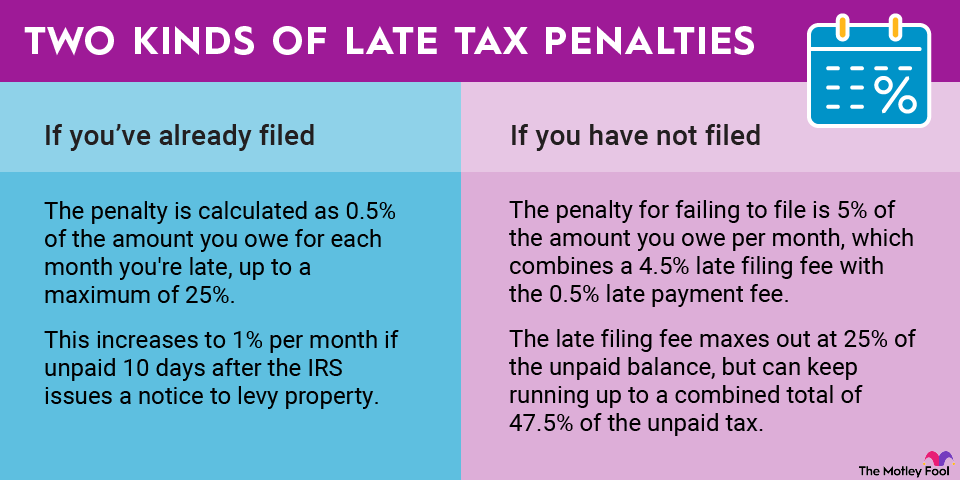Most people keep track of their checking account balances by keeping a record of the checks they've written and deposits they've made into their accounts. Businesses have to do a similar thing with their accounting records, keeping track of the disbursements of cash they make in order to pay for the goods and services they need.
By looking closely at cash that comes in and goes out, you can get a better sense of whether the company has positive cash flow and enough available capital to meet its needs on an ongoing basis. Let's take a closer look at calculating disbursements of cash for a business.
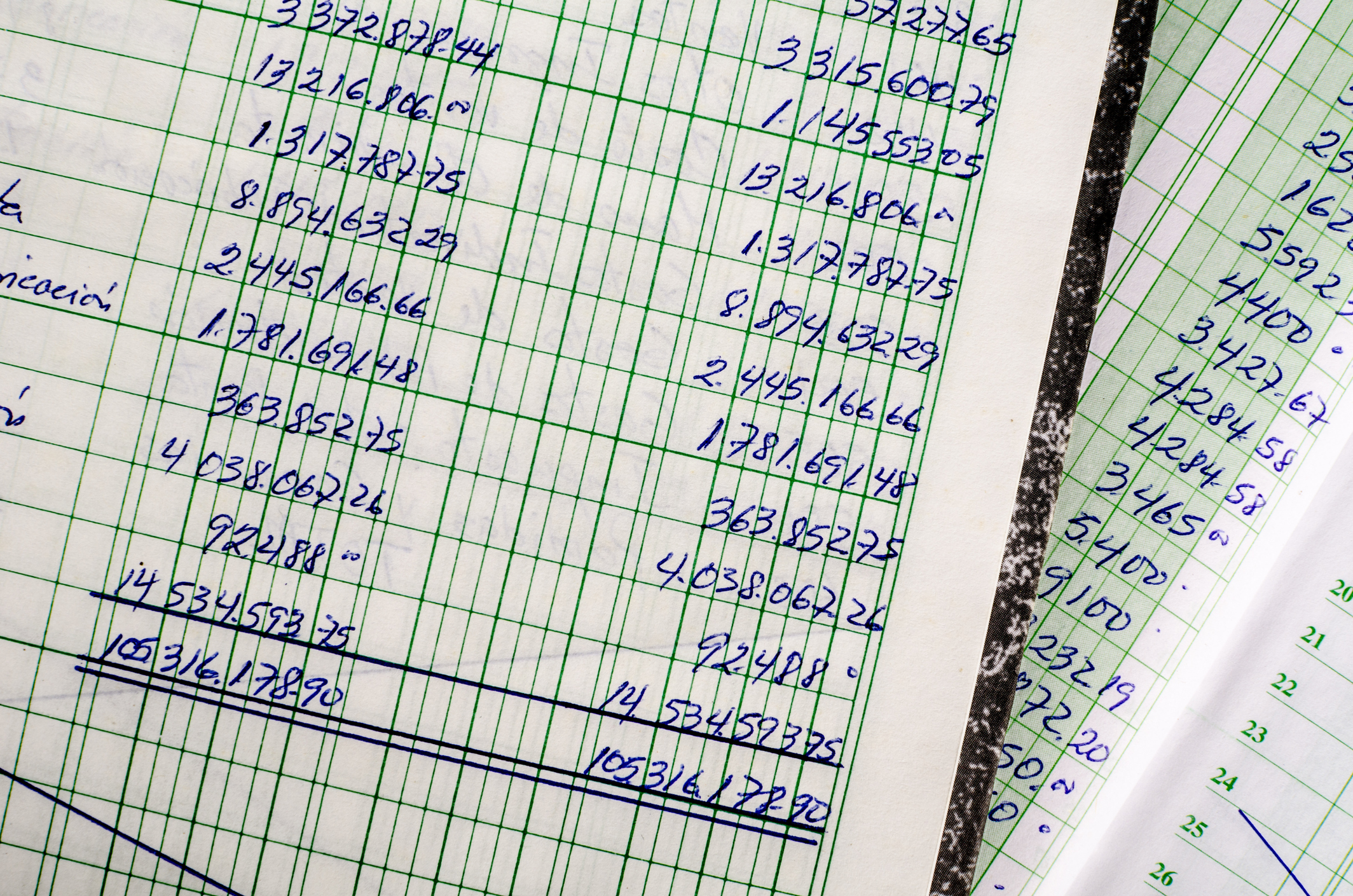
A simple process
There's nothing terribly complicated about calculating disbursements of cash. Many businesses have business bank accounts that will do much of the accounting for you. If you always pay for things using your bank account, then simply looking at your month-end or quarter-end statement will provide you with most of the information you need to come up with your total cash disbursements.
Some businesses have more complex methods for purchasing what they need, using a combination of cash on hand, bank accounts, credit arrangements, and other payment methods. For them, calculating total disbursements can be trickier. In particular, if a business has revolving credit, it's important not to confuse the monthly payments on that credit arrangement with the actual expenses the company paid using the credit method. Technically, what a business pays for on credit doesn't involve a cash disbursement until the business pays the outstanding bill to the credit provider.
How to get the help you need
Accounting software packages do a good job of tracking cash disbursements. Often, all you'll need to do is to enter each transaction into the software program. The software's reporting mechanism will typically provide a cash disbursement report on demand that reflects the cash flows in and out of the company.
However, just as many people use manually written checkbooks to record their personal purchases, businesses can also use similar manual methods to track cash disbursements. The disadvantage of the handwritten method is that it's more likely to include errors in math and other simple mistakes than a software-driven solution. Nevertheless, any record of your expenses can effectively give you the information you need to make a longer-term business strategy.
Cash on hand is the most important asset a small business can have. By tracking your cash disbursements closely, you'll always know if your business has the cash it needs in order to grow and thrive.





